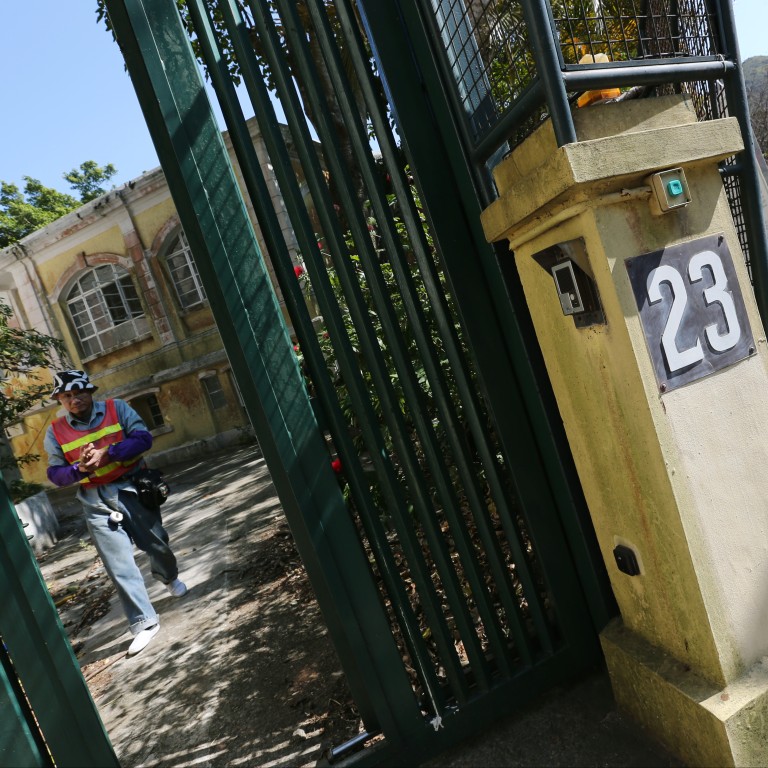
Protection for Hong Kong's built and natural heritage is not mutually exclusive
Michael Lau says it would set a bad precedent to preserve one at the expense of the other, as the government is proposing to do to save a historic building at 23 Coombe Road
There is much in Hong Kong that is worthy of preservation. Our many historic buildings and monuments deserve to be conserved and cared for - they are our cultural heritage. Our incredible natural environment, which surrounds and sustains us, is our natural heritage. This, too, is extremely important - it provides services that are key to human life: producing oxygen, absorbing carbon, giving us fresh water and numerous opportunities for enjoyment.
Given their value, it is vital that we preserve both our natural and built heritage, rather than conserving one at the expense of the other. However, when we look at the Coombe Road rezoning case, Hong Kong is in danger of doing precisely this.
If approved by the Town Planning Board, an area of dense forest adjacent to the Aberdeen Country Park and currently zoned as a green belt will be sacrificed for development, in exchange for protecting "Carrick", a historic building at 23 Coombe Road.
From a planning perspective, green belt zones are extremely important as they clearly define the limits of urban and suburban development areas. These buffers between the city and the countryside are essential. In the case of Coombe Road, the green belt safeguards the environment of the neighbouring country park.
The area in question is bursting with biodiversity. Aberdeen Country Park and the surrounding area support a significant amount of wildlife, including the largest known roost of the black-eared kite in southern China. Several silver-back Artocarpus plants, assessed as globally vulnerable by the International Union for Conservation of Nature's "red list" of threatened species, have been found immediately adjacent to the site and will probably be affected by residential development.
The pressure to open up Hong Kong's country parks and neighbouring areas to development has never been greater. A perceived lack of space for urban expansion, coupled with the potentially lucrative economic gains associated with building, have made our green spaces an irresistible target for private developers and the government.
However, when one visits the New Territories, it is not difficult to find land fenced off and left "vacant" for years or turned into open storage. Shouldn't these be considered first for building projects?
Much has been said about the urgent need to build more homes for the future by those with vested interests, but, at the same time, the many voices speaking out about the need to preserve our shrinking green space are not being heard, and this important agenda is not being prioritised. This demonstrates a clear imbalance in both thinking and policy.
This rezoning proposal, if approved, will set a highly undesirable precedent for other residential development proposals in the area. Years down the line, this will most likely result in a diminished natural green landscape and place further stress on our country park system and Hong Kong's biodiversity in general. This does not need to happen.
Conservation of Hong Kong's natural environment and our historic buildings can be achieved without having to take a "one or the other" approach. It is well within the government's power to find a replacement site with a similar zoning to 23 Coombe Road which has been earmarked for residential development, either in the general area or another district. Every possible option must be explored and pursued before we needlessly destroy yet another piece of irreplaceable green belt land.
It is imperative that the voices calling for measured, balanced and sustainable development are heard, loud and clear.

